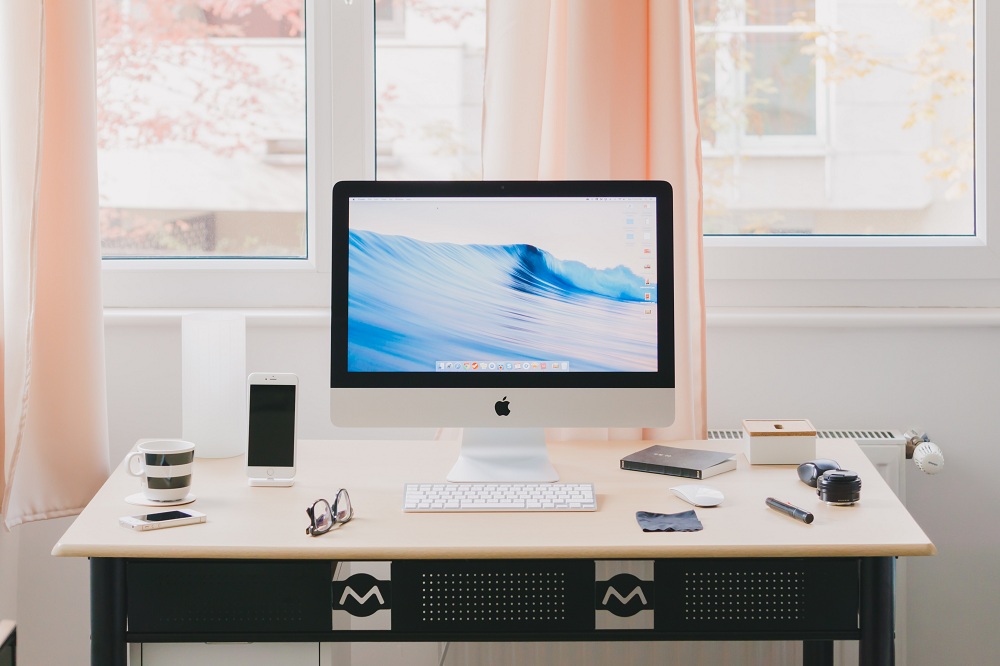The rise of the digital jobs has lead to another trend. More and more professionals are creating home offices. Some need them for part-time assignments, while other work full time from home.
This is actually not just a passing trend, though. Freelancers are taking a significant percentage of the global economy. Companies are hiring remote workers, as that option reduces costs. Having a home office is quickly becoming a necessity.
How can you actually build an office space in your house or apartment? Your working area has to be professional, but also a part of your home. It has to meet the demands of your work assignments. You definitely can’t create a home office spontaneously.
What you need to do is carefully plan things out. Create your office space one step at a time. Let’s go through the eight basic steps to building a perfect home office for your business.
Step 1: Know the nature of your business.
Your home office is defined by your line of work. Will you be working from home part-time? If you are in need of a home office to do extra work outside of your full-time job, or to take care of assignments when you can’t make it to the office, you need a simpler setup.
If you are self-employed, perhaps working as a full-time freelancer, then your office is also the headquarters of your business. You will need a more advanced work area. One that functions as a corporate office.
Defining the nature of your business is the first step you have to take when making plans for a home office. Once you know how often and how much you’re going to use it, then you can move onto interior design. Of course, it’s a good idea to consult with professionals or even hire a contractor.
Step 2: Find the perfect work space.
This office is a part of your home. It has to be functional as a standalone unit, and not be intrusive to your living area. The size of your home office depends on the size of your home.
Those living in apartments should find the perfect corner for a work space. Those in bigger apartment or houses can opt for an unused area, such as a guest room, attic or garage.
Remember, your home offices needs to provide you with privacy. You can’t let your work get in the way of those living with you, but you also shouldn’t be easily distracted.
It also has to have a source of electricity, natural light and clean air. Those are the basics, and we’ll get more into them in the next couple of steps.
Step 3: Get the best tools.
Most likely, your office construction will be do-it-yourself. If you do go with the DIY approach and not hire a professional, you need to be especially careful. Not because you can make interior design mistakes, but because you could get hurt if you don’t know how to work with power tools.
Do your research and find out what sort of tools you need, and how to use them. You can create the perfect workstation by following online tutorials. If you want to cut down expenses as much as possible, look into re-purposing old furniture, wooden boxes and pallets.
4. Build a comfortable setup.
An office has to be comfortable. Make sure your chair and work desk are a place where you can spend a long amount of time. You need back support, and leg room.
Don’t stash everything in the corner of your living room, for example. Take as much space as you think is necessary, without taking away from the rest of your home.
Bonus tip: Build a work area that can host a standing desk. There are work desks that can transform from a standard sitting desk to a standing setup. Why? Because not sitting all the time while working is healthy for your back. It can only make you more productive.
5. Windows, natural light and plants.
Offices use a lot of electricity. Computers, printers, air conditioners and other gadgets need a lot of power. To save money, make sure your office has plenty of windows. Having a good source of natural light will cut down your power bills, but there are also health benefits.
Simply put, natural light is better than artificial light. You will feel better working in a home office with plenty of windows, rather than work from a windowless basement. Also, windows enable the inflow of clean air.
6. Make it feel like home.
A home office needs to be as functional as a corporate office, but also feel like home. Adding personal items will make it feel like your own work are. Family photos, souvenirs, wall posters are all great and can inspire you to be more productive.
But, don’t go overboard with personal items. Too many can create a distraction. After all, this office is your place of work.
7. Get the right apps and software solutions.
When setting up your home office, you have to take care of the digital side of working. Using the right apps and software is as important as having the right type of furniture and office equipment.
Depending on the nature of your business, pick the right apps. There is a wide selection of software solutions for task management, finances, accounting, cloud services and task management.
Some apps are free, some will cost you a certain amount. Pick them according to your needs, and budget. You main goal is to have a home offices that guarantees a productive workflow.
Bonus tip: Take care of data protection! Consider using a backup drive, cloud services or a personal server. Of course, this is another aspect that depends on your budget.
8. Regular maintenance is a necessity.
Cleaning your office regularly will help it remain functional, and it will keep you productive. Avoid clutter by applying minimalist principles – less is more, and if you’re not using an item, it shouldn’t be right in front of you, taking up space.
This may be the simplest step, but it can be the most tedious one. Simply put, you need to regularly clean up your home office. Set up a cleaning schedule so you don’t end up working in a pile of dust.
A cluttered office is not a good place to work. Don’t fill your work desk with stacks of paper you don’t need. Don’t fill your office with items you don’t need. A neat and tidy office is a functional office.
Bonus tip: When choosing cleaning supplies, turn to eco friendly options. Instead of using chemical cleaners, make your own from household items such as baking soda, lemon juice and vinegar. This option is actually cheaper than store-bought cleaning supplies!
When it’s ready, you’re ready.
Following this simple step-by-step guide will get you on the right track to building a home office. Plan ahead and carefully implement each step. Take your time. Once your office has been fully equipped, you can start using it.
Are you ready to take the first step to creating a perfect home office for yourself? Having one can improve your career and make you grow as a professional.






